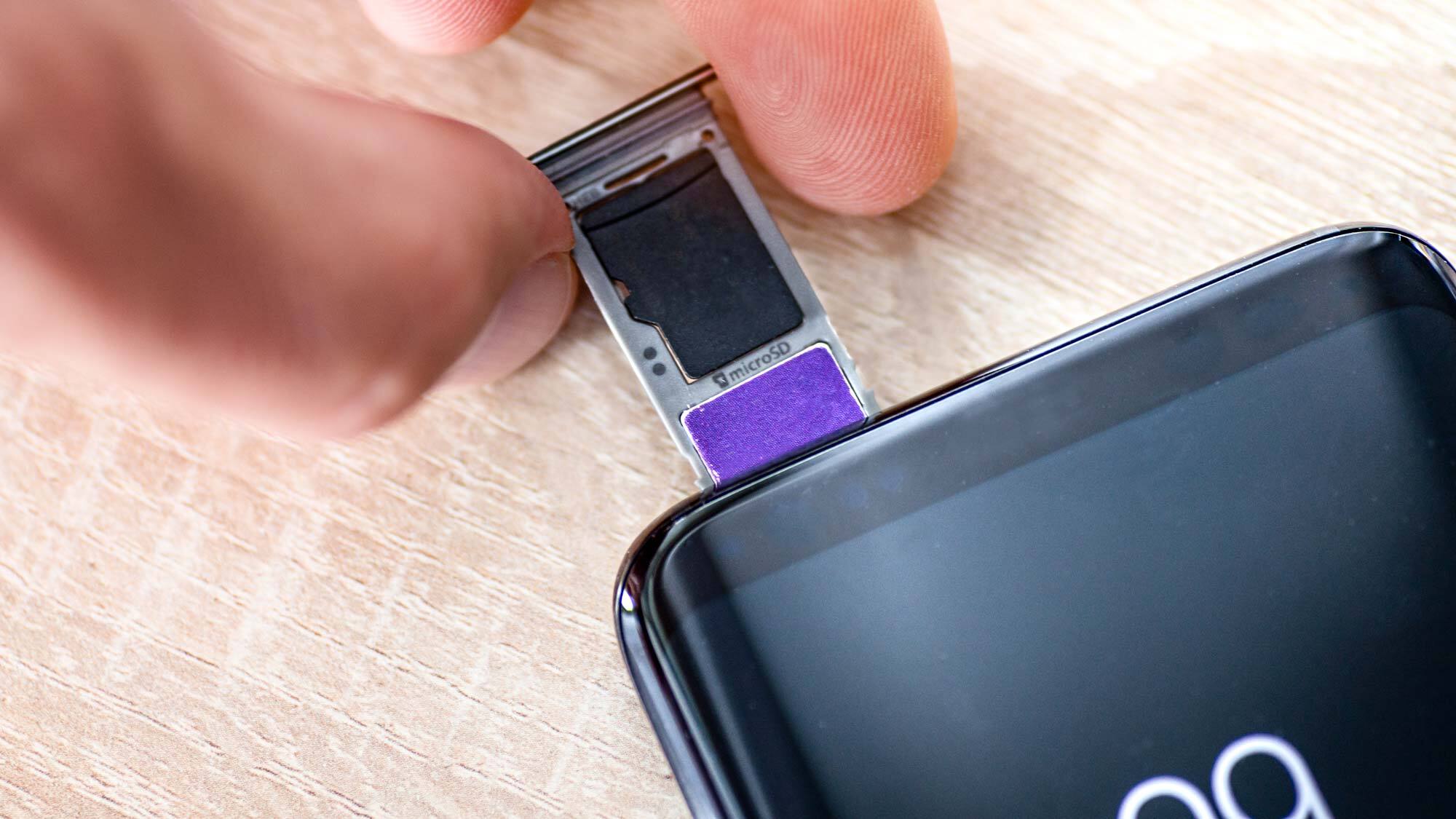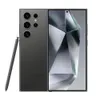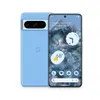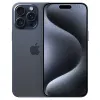I've almost filled up my 128GB phone again — and it makes me miss microSD card slots
My phone fills up far too quickly, and I wish I could offload all those files to a memory card

Recently we heard rumors that the iPhone 16 Pro may ditch the 128GB model and offer 256GB of storage as standard — a move I support wholeheartedly. It often feels like 128GB doesn’t go very far any more, and I’ve got to the point where I need to start freeing up space on my phone by offloading some files to the cloud.
This is far from the first time I’ve had to deal with this problem. It’s the second time I’ve needed to free up space on my current phone, a Google Pixel 6 Pro, and it’s happened multiple times on some of the phones I had before that. Though go back a few more years and it stopped being a problem because phones still had microSD cards, and had a seemingly-infinite amount of space.
128GB storage isn’t enough
It’s becoming painfully clear to me that 128GB of storage is fast becoming obsolete. At least it is in flagships and other premium phones that command a high price tag. For the same reasons that we don’t release phones with 32GB or 64GB of storage at their cheapest level, modern phone usage is at a point where 128GB of space doesn’t go very far.
For me the biggest issue has always been photos and videos. As I write this the Google Photos app takes up 41.36GB of space on my phone, while miscellaneous photos and videos take up another 13.3GB for a total of 54.66GB.
Since the Pixel 6 Pro only has 112GB of available storage, thanks to 16GB being reserved for the Android system, it means photos and video take up more than half of my phone’s storage space. That doesn’t include the numerous photos I already offloaded to Google Photos last year, because my phone ran out of space.
Do I need every single file, including the lazy memes? Do I have to take so many pictures of my dogs and fill up precious megabytes in the process? Probably not, but it’s also not the smaller meaningless files that are taking up the most space. It’s the fact that photo and video files that I took myself take up an awful lot of room. Far more than they ever used to, thanks to things like 4K resolution, high frame rates, HDR and so on.
Not to mention the fact that apps can eat away at your storage as well. Particularly those that you don’t necessarily need on a regular basis, but don’t exactly want to have to redownload every time they may be useful. Then there’s the media apps, which let you download content to your phone ready to view when you’re not connected to the internet. There’s a lot of them, especially if you’re preparing to go on a trip somewhere.
Get instant access to breaking news, the hottest reviews, great deals and helpful tips.
It’s here where I miss the utility of a microSD card. It’s a spot you can offload your excess files, while still retaining access to them whenever you like. More importantly, it’s something you only need to pay for once.
The alternatives require continually paying more money
There are plenty of ways to ensure you always have free space on your phone. The main one is to buy a phone with extra storage, with storage options typically costing $100 more than the previous one. There’s also the best cloud storage services, which are more or less ubiquitous these days my least of all because all the major platform holders maintain their own cloud storage platforms.
At the time of writing a SanDisk Extreme Pro microSDXC card with 1TB of storage costs $118. That's considerably cheaper than buying a phone with 1TB of storage.
The problem with these options is that they always require people to keep paying money. Whether that’s to maintain a cloud subscription with an adequate amount of storage, or because you have to keep buying the expensive storage options every time you upgrade your phone. In the days of microSD cards you didn’t have to do that.
Buy a single card with high enough storage and you’d be able to carry that around for years to come. At the time of writing a SanDisk Extreme Pro microSDXC card with 1TB of storage costs $118. That's considerably cheaper than buying a phone with 1TB of storage, and should you ever swap phones, all you need to do is pop out the card and stick it into your next model.
The same goes if you ever run out of space or find yourself needing a new card — simply swap them over whenever you like. Assuming, of course, you have a way to transfer your files between those two cards. Not to mention the fact that there are countless microSD card makers out there competing for your cash.
microSD cards were phased out for a reason
Admittedly, I do know why microSD cards have been phased out. Aside from the obvious fact that phone companies can make more money selling you the storage, rather than siphoning off those profits to the likes of SanDisk or Samsung, microSD cards do have some pretty big downsides.
The first is that microSD card speeds pale in comparison to that of internal phone storage. UFS 4.0 storage, which has been around for a couple of generations now, clocks in with a read speed of 4,300 MBps and a write speed of 4,000 MBps — twice as fast as UFS 3.1, which is still in use for 128GB storage cards.
The fastest microSD card I can find on sale is a SanDisk Extreme Pro, which offers 200MBps and 140MBps read and write speeds. That’s 182% slower and means a microSD card is pretty much only able to be used as long-term storage of individual files. There’s no way you’d be able to play a game from a microSD card without a performance dip.
Needless to say, it’s no big surprise that microSD expansion is now usually limited to budget or a handful of mid-range phones rather than the super-pricey flagships.
Similarly, transferring files from one card to another is not a simple process. I found that it was easier (and faster) to use my laptop as a middle man — since phone-friendly card readers were pretty poor quality. In either case, the process is a huge hassle, a time sink, and requires a physical connection at all times. It’s the kind of thing a lot of people may not have the means to do.
At least with the cloud you have the cloud servers acting as that middleman, letting you backup and download files from one device to another wirelessly. Plus it tends to happen in the background, leaving you free to do other things. Still, I can’t help but miss the fact that they were an option — particularly one that didn’t require multiple ongoing payments to maintain.
Bottom line
It goes without saying that I won’t be buying a 128GB phone again anytime soon. Then again there’s going to be a day when 256GB suddenly isn’t enough space either — though I’m hoping this won’t be for a very long time. But my issues with 128GB phones are making me miss the days of microSD cards, when I could dump all those files onto an excessively large memory card and forget about them
I understand why microSD cards went away. But I didn’t like it as the transition was happening, and I still don’t like the idea of having to repurchase my storage every time I pick up a new phone. But most of all I like being able to dump all my large files somewhere out of the way, without having to worry about choosing between strict file management and paying money to keep the excesses in the cloud.
More from Tom's Guide
- Honor Magic6 RSR is a £1,600 Porsche Design phone — and I got to test it
- iPhone 16 — this is the one upgrade Apple needs to make
- Google Pixel 8a in Coral seems unlikely — but the color is tipped to reappear as an official case

Tom is the Tom's Guide's UK Phones Editor, tackling the latest smartphone news and vocally expressing his opinions about upcoming features or changes. It's long way from his days as editor of Gizmodo UK, when pretty much everything was on the table. He’s usually found trying to squeeze another giant Lego set onto the shelf, draining very large cups of coffee, or complaining about how terrible his Smart TV is.










